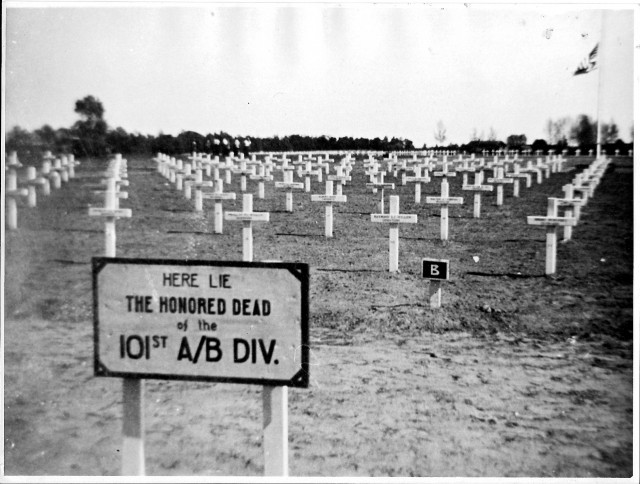A day-to-day account of Operation Market Garden, as it happened in 1944.
Oosterbeek

A destroyed King Tiger in the ruins of Oosterbeek
All day preparations are made for the evacuation which takes place this night. They plan to take only the walking wounded with them, the rest will have to be left behind. The medical staff volunteers to stay behind to take care of the wounded. Some radiomen volunteer to remain in the perimeter to continue normal radio traffic to keep the Germans on the wrong foot.
Immediately after dark the paratroopers located furthest away from the river start abandoning their positions and, guided by Glider Pilots, make their way to the river. Some locations are taken over by walking wounded who will continue firing to keep up the appearance of a fully manned perimeter. The guns from XXXcorps fire a very heavy pre-planned barrage on all known and suspected German positions. Anti Aircraft guns fire tracer rounds on each side of the evacuation area to help guide the Airbornes to the embarkation points.
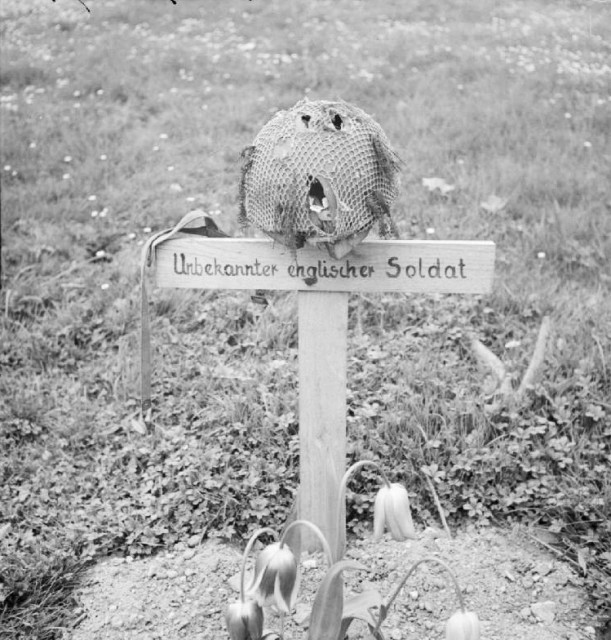
It rains continuously which is both a blessing, it muffles the sounds and keeps the Germans in their houses / positions but it also means that soldiers get lost and blunder into German positions to be captured and sometimes killed.
At the riverbank long queues form whilst Canadian engineers make dozens of trips across the Rhine to evacuate them. The Germans think another attempt to reinforce the perimeter is under way so they shell the crossing site. This takes the lives of many soldiers who managed to survive the operation until now. As it gets light many paratroopers are still stranded on the north bank and decide to swim to the other side, sometimes succeeding.
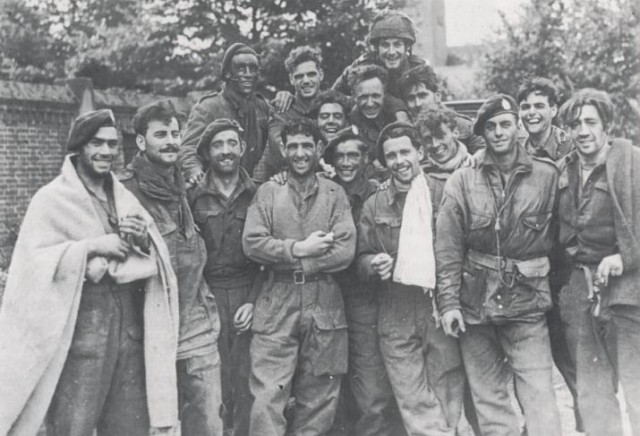
A total of 11,920 men took part of the Airborne operation at Arnhem, 6525 were taken prisoner and 1485 were killed or died of wounds. During the night around 2400 man are evacuated and moved to Nijmegen for food and rest, together with the Poles that landed around Driel and Overasselt they are what is left of the once proud division and attached Polish parachute brigade.
Hells Highway
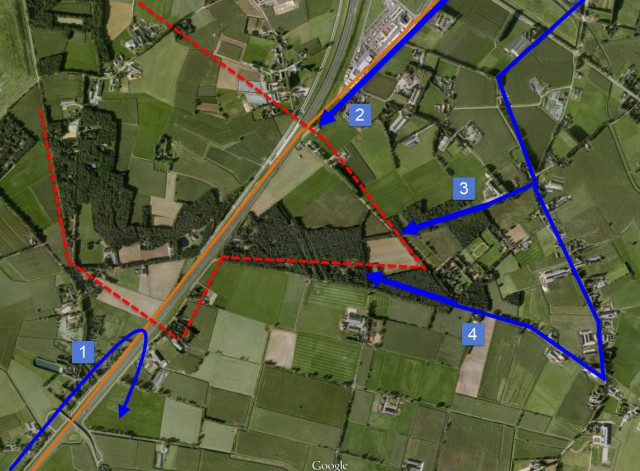 Allied counterattacks on September 25th
Allied counterattacks on September 25th
In order to reopen the corridor the British 50th infantry division attacks up the corridor from Sint Oedenrode towards Veghel while the 506th PIR of the 101st Airborne with the 44th Royal Tank Regiment attacks south from Veghel towards Sint Oedenrode. However, the Germans have dug in well and are not pushed off the road.
During the night of September 25th / 26th the Germans decide to evacuate their positions in the Logtenburg forest too. They are virtually surrounded, no ammunition can reach them and their tasks is complete, whilst they did not reach the Bridges at Veghel they managed to block traffic during the most critical phase of the battle.
In the middle of the night the Jagdpanthers towing the 88mm Anti Tank guns together with all German soldiers march north and out of harms way. When the Americans and British forces resume the offensive at first light they find the position abandoned.
This does not mean that the road can be reopened immediately, the Germans mined the roads and boobytrapped the wrecks and it takes Sappers and Engineers hours before traffic resumes. Only at 14:30h does traffic resume, but by this time Operation Market Garden has ended. (full article here).
After a couple of days the men of the 101st Airborne are moved to the Island, a low lying polderland between the Waal and Rhine rivers (between Arnhem and Nijmegen). Here they will stay until the end of November when the would move to Mourmelon France for rest and training.
During the period from September 17th till November 27th the 101st Airborne division had 853 men killed and 2555 wounded.
Nijmegen
With the entire division now on the east side of Nijmegen the troopers are getting some rest. Each regiment keeps 2 battalions on line and 1 in reserve and thus everybody gets some much needed rest.
In the early morning the Germans attack again along the Maas river through the Kiekberg woods towards Rietmolen and their objective, the Lock Bridge at Heumen. They manage to break through the allied lines and the use of a flamethrower manages to create panic among the men of the E-Company 325th Glider Infantry Regiment. Having lost 20 men they move back one hundred yards, there they rallied, held and repulsed the Germans pursuing them. The next German attack is supported by a FLAK-wagon, this wagon is driven off and the flamethrower is destroyed in a counterattack.
The frontline in this sector will remain a trouble spot for days and many men are killed trying to take the Kiekberg woods and the 82nd Airborne says in these positions until November 10th.
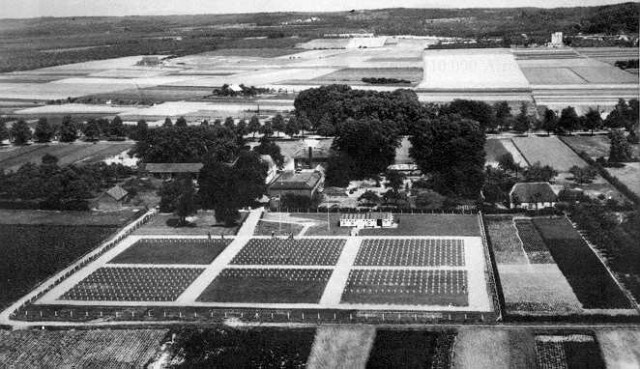
The fighting had been costly from September 17th to November 10th, 535 men were killed, 625 missing in action, 1796 wounded that would not return to duty, a further 196 injured in action would also not return to the 82nd Airborne division.
This ends the series.
By Joris Nieuwint
